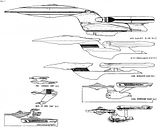I'm not taking anything out of context. I was telling you what I remember reading, and I stand by what I wrote. It could have been on Drexfiles, it could have been on Trekmovie, I don't remember. But what I do remember was what Probert stated.
Yes, that's what you wrote after you had posted this...
Probert himself went on record that Sternbach's design is the true Ambassador class.
...which made it sound like an established fact, which it obviously is not, because all you can offer to back your claim up with is your memory.
What we see on the conference lounge's wall is the Enterprise-C as Andrew Probert envisioned it (as a member of the Ambassador Class) and all the work he put into it after all these years, working together with Tobias Richter to give birth to a pefect CGI visualization of his design in 2011, tells me that he has not given up on his vision and most assuredly does not consider his design "untrue".
Why are we talking about the Daedalus anyway? - Why are we talking about the Ambassador anyway?
Regarding the Grissom's possible saucer module landing capability I elaborated on that capability of the Daedalus Class in a pre-TOS context, Dukhat found fault with this insisting the depiction of the Daedalus Class was conjectural. It seemed necessary to to discuss the canon value of desktop models and wall sculptues depicted in the series...oh well, one thing let to another.

But since you brought this up:
- why are we not talking about the windows or portholes of the USS Grissom? You wanted to elaborate on this but just provided a cross section which doesn't tell too us too much about possible deck heights and whether the portholes are overhead, at 6' height or cabin (sitting) level?
- why we are not talking about what other functions (exhaust nozzle?) the tail of the Grissom's engineering pod could be good for?




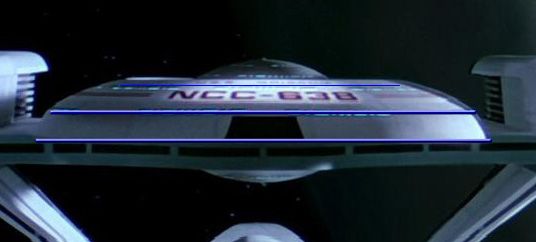
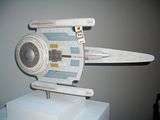

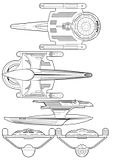

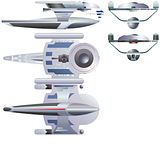


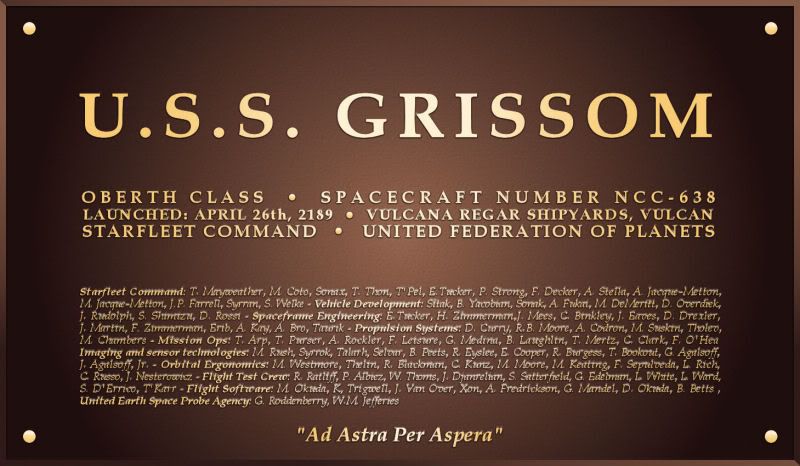

 )
)